For a number of years, New Jersey’s Individual Gross Income Tax (GIT) has frustrated business owners due to the limitations it imposes on deducting losses. GIT created a “bucket” approach to taxing different types of income where losses can only be used to offset income in the same category. There are four different categories of income that can be generated by business owners:
- Income/loss from sole proprietorships
- Rentals and royalties
- Partnerships, and
- S corporations
Income earned from one category of business could not be offset by losses from another. This can result in a business owner paying tax even though they incur an economic loss for the year. For example, a taxpayer with $100,000 of income from an S corporation and a $100,000 loss from a partnership would be subject to tax on $100,000 even though they did not have any net business income. Additionally, net losses in any category were lost as New Jersey did not allow for any net losses to be carried forward.
Effective for taxable years beginning on or after January 1, 2012, New Jersey has created the “Alternative Business Calculation Adjustment” (“ABCA”) which will help mitigate this situation for business owners. The ABCA will allow for a limited netting of gains from one category of gross income with losses from another category. For 2012, 10% of net losses from any category can be used to offset business income from another category limited to10% of income. This loss netting percentage will be increased by 10% each year through 2016 when it will be fully phased in at 50%.
This law change has also created a carryover concept for business losses in New Jersey. If an overall business loss is incurred for any year after netting all four categories of income, the net loss can be carried forward to offset future losses. The loss can be carried forward for a maximum of 20 years.
Using the example above, the taxpayer would now be subject to tax on $90,000 of income for 2012 ($100,000 of S corporation income less 10% of the $100,000 partnership loss). There would still be no carryover loss allowed in this scenario since an overall business loss has not been incurred. Had the partnership loss been $115,000, the taxable income would continue to be $90,000 ($100,000 of S corporation income less 10% of the $115,000 partnership loss, capped at $10,000) but a carryover loss of $15,000 would now be allowed for the net overall business loss incurred.
While this provision is a welcome development for business owners, it is important to note that even when fully implemented in 2016, the benefit of this rule will only allow a partial offset of income and losses between the four GIT categories. It is still better to try to structure business holdings so that they are in the same category to the extent possible to preserve the ability to fully offset income and losses from different businesses.





